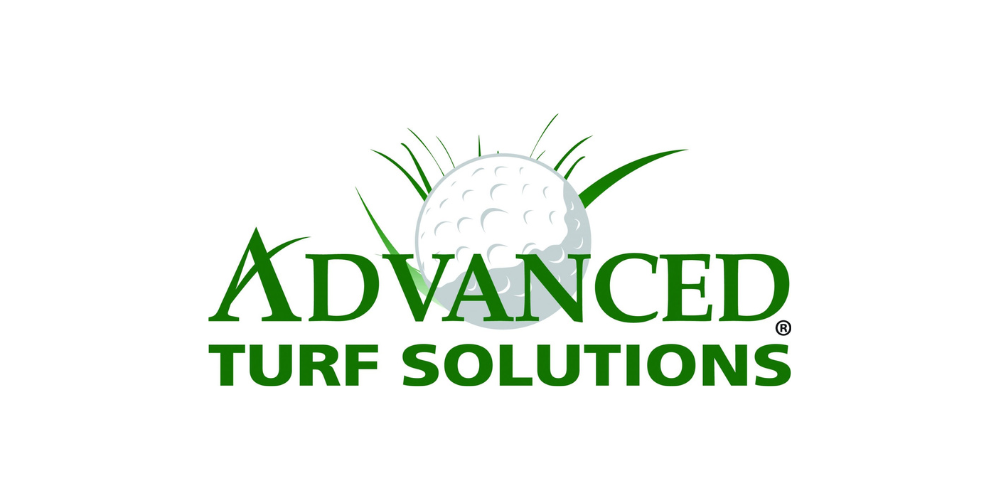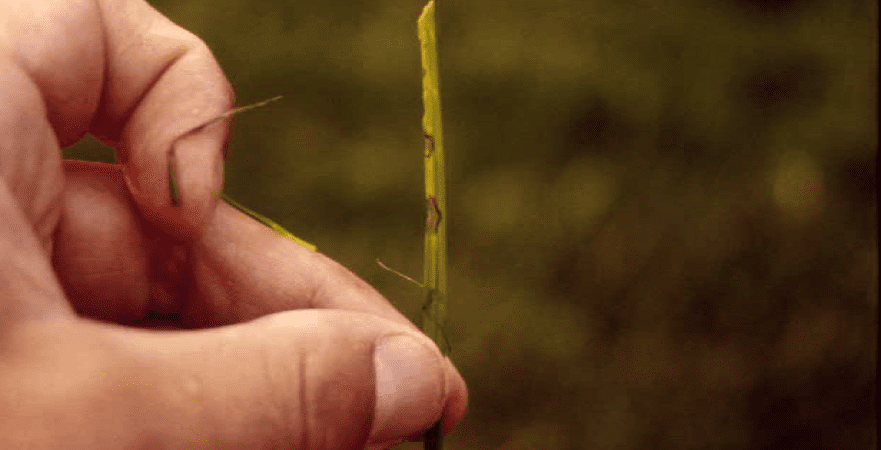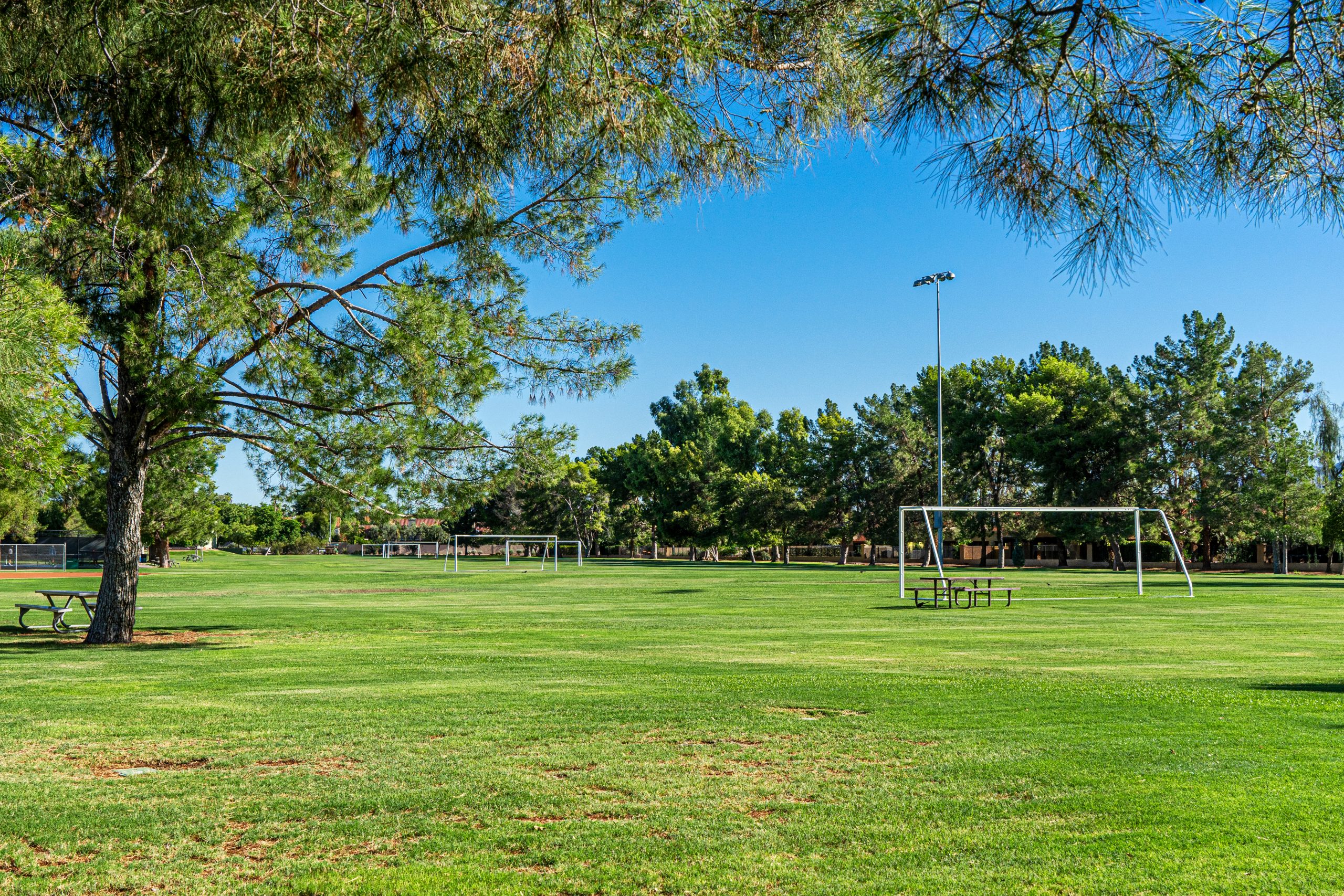For the last two seasons now, nearly every sample I’ve sent to the University of Wisconsin Turfgrass Diagnostic Lab has come back with either a summer patch or take-all patch infection diagnosis. (Quick side note: Dr. Paul Koch and Dr. Kurt Hockemeyer are two wonderful pathologists with a superb understanding of grass diseases and their environment. I trust their knowledge.)
So why, for the last two COVID seasons, have these two diseases exploded? Well, there are a few possible explanations.
Both summer patch and take-all are opportunist diseases of the roots, meaning those roots have to first be under stress in order for these diseases to take hold. COVID has created more play in golf, soccer, and other outdoor sports, leading to more foot traffic and ultimately increased compaction. Another environmental aspect has been these massive fluctuations in soil temperatures and especially soil moisture content. How often have you gotten a two-inch rainfall event and then had to water two days later? It’s crazy to think how fast these soils go from waterlogged to dry as granulated sugar.

The above screenshot shows Chicagoland’s 2021 soil temperatures compared to the ten-year average. We got much warmer and yet much cooler over this three-month period of spring and summer. Turfgrass definitely prefers even-keel temperatures and rainfall events.
Another factor has been dollar spot. So, what does dollar spot have to do with these diseases? Well, the connection is quite the opposite. When dollar spot is present, we typically put out a foliar contact or systemic spray. To control the inoculum for these patch diseases, the fungicide must be watered in — typically at much higher rates. For example, Maxtima’s rate for dollar spot is 0.2-0.4oz per M. The summer patch rate is double, at 0.8oz per M.
Because dollar spot was so bad the previous years, we’ve somewhat forgotten about the presence of other diseases being a factor. Here’s the protocol for preventing these patch diseases from establishing. Make your soil fungicide sprays when soil temperatures are at 65 degrees Fahrenheit at a two-inch depth for three to five days in a row throughout the growing year. I prefer using a combined chemistry approach (DMI + Qol MOA) because I’ve witnessed much more success doing so. Here are some suggested combinations:
- Bayer’s Tartan at 2 oz per M (Bayleton + Compass),
- BASF’s Navicon at 0.85 oz per M (Maxtima + Insignia),
- ArmorTech’s Zoxy at 0.77 oz per M + FMC’s Rayora at 1.4 oz per M
- FMC’s Fame @ 0.36 oz per M + Bayer’s Densicor @ 0.2 oz per M.
- Pillar G also seems to be a great option for a granular fungicide control at 3 lbs per M for the turf landscape areas.
It’s important to remember that take-all typically infects bentgrass more often, while summer patch is more in Kentucky bluegrass and annual bluegrass. Lastly, having a nutrition program based with an ammonium sulfate nitrogen source, additional manganese, phosphorus, and potassium has been observed to slow infection growth.
Another area for more research to be done is the control of pythium root rot or pythium root dysfunction and its correlation to these patch diseases. One thing I’ve noticed is the courses that make pythium root sprays seem to have less difficulty with patch diseases. There may be more to products like Segway, Banol, and Signature XTRA Stressgard than once thought.
Thanks for reading, and if you have any areas you want to send in for analysis, please don’t hesitate to ask.













